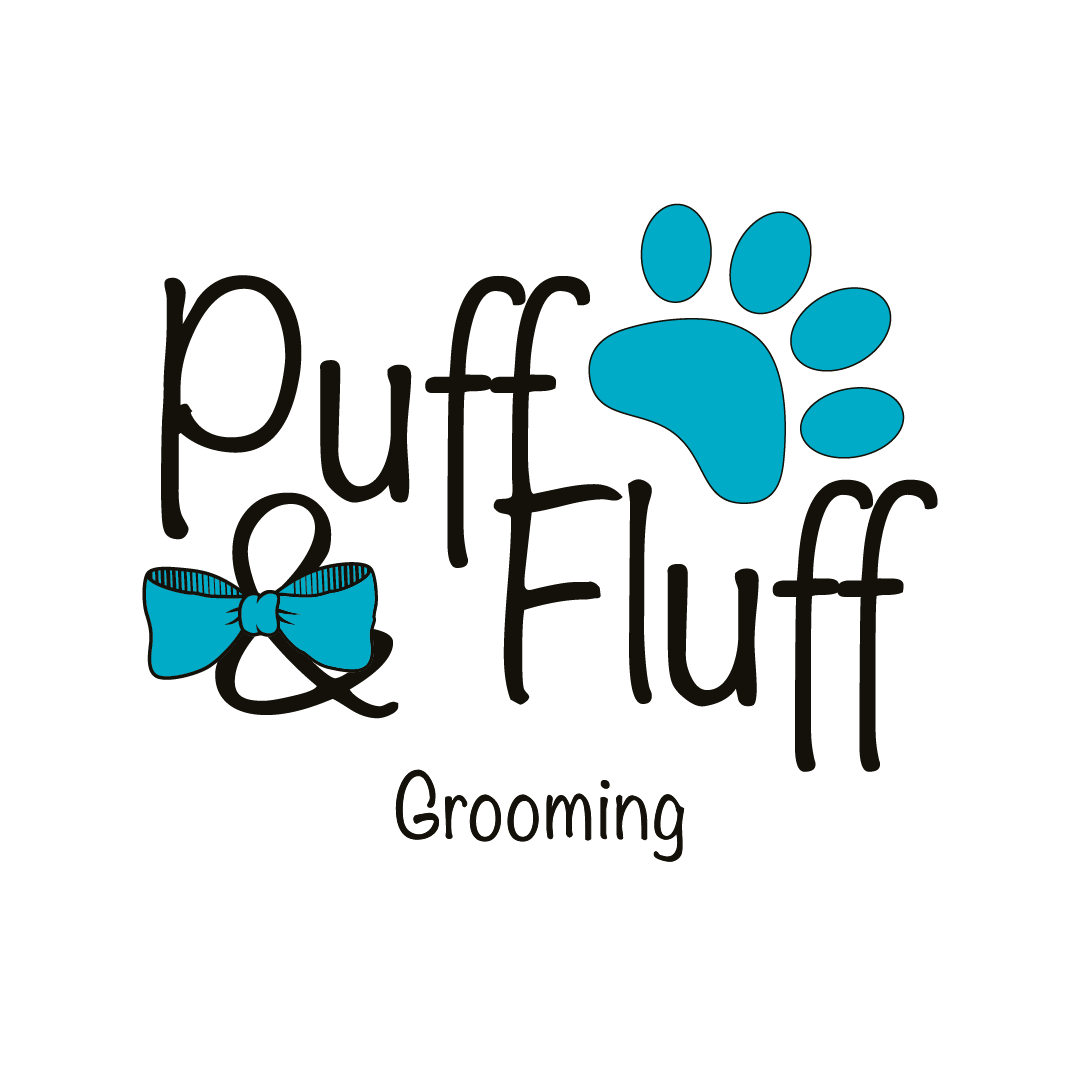A horse’s back is a complex and delicate structure of nerves, muscles, tendons, ligaments, cartilage and bones; at the core of this structure is the spinal cord which is the bridge for the nervous system. From the poll to the tail, every movement a horse makes originates from the nerves in the spin, and every muscular action from ear twitches to the hooves interconnects with the muscles across the back.
When a horse experiences pain in their backs, it can affect other areas, or vice versa, as arthritis in the legs is known to cause stiffness and pain in the back. An injury in any part of a horse’s body can change how they use their backs, which in turn can create pain or spasms, limiting performance and their attitude when working.
Recognising Pain
The first step to keeping your horse’s back healthy is how to recognise the pain. More severe issues will present clearly, and it will be unmistakable that your horse is in extreme discomfort; your horse may be unwilling to walk or lower their head to graze.
It is more common that the signs of back pain are subtle. Your horse may become difficult for the farrier or begin objecting to the saddle and other tack. That’s why it’s important to make sure the saddle and cotton saddle pad must lie flat on the equine’s back. Other subtle signs include resistance when being asked to move off and having a sour attitude when being handled or ridden; you might even notice your horse flinches when being groomed or if you place your hand on their back.
There are many ways to recognise your horse is in pain, and there could be a number of causes. When you find pain, the first step is to contact your vet for an assessment.
Massage Pad
As well as relieving back pain, there are some great benefits for your horse when you invest in a massage pad; it’s also an excellent way to improve your horse’s muscle tone and improve performance.
- Blood Circulation: Massage pads increase the blood circulation, which can speed up recovery and healing.
- Joint Mobility & Flexibility: If your horse suffers from arthritis or has become stiff since recovering from an injury, a massage pad will improve your horse’s stride length and speed of movement.
- Warm-Up & Cool-Down Times: A massage pad will improve your horse’s performance; by speeding up warm-up and cool-down times when used before and after exercise.
- Relaxation: If your horse is stressed or you just want to help them relax, you’ll find they often fall asleep before the usual 30-minute massage pad sessions have finished.
- Stiffness: Reduce tension, tightness and any soreness in your horse’s back.
Massage pads are a brilliant tool for your horse, even when they don’t have back pain. If you’re interested in getting one for your horse, you can find out more information here from Equi Supermarket.
Strength Exercises
There are several exercises for strengthening your horse’s back. Always check with your vet first to make sure these exercises are suitable for your horse as every case is different, and if you try something without checking beforehand, you could cause your horse more pain. Below we explain our two favourite exercise routines for strengthening our horse’s backs.
- Hills: Riding up and down hills is a far better exercise for building strength than riding on the flat. Downhill you will be working your horses front legs and chest muscles, and when riding uphill, you will be working the hindquarters. Start with smaller inclines if your horse’s muscles are weak and build up to steeper slopes.
- Backwards: This exercise can be done either mounted or from the ground; at first, your horse may lack confidence, and guiding from the ground will help build that confidence up. Walk your horse backwards to work the hindquarters; over time, add poles and corners to this routine.
Mounting Block
To avoid twisting the saddle as you get on, use a mounting block where possible. Avoid pulling on the cantle when you mount and place your hand behind the pommel on the righthand side instead.
Saddle Fitting
Ill-fitting saddles can be the cause of both horses and riders back pain. You should have your saddle checked by a professional fitter on a regular basis to ensure that you are using the correct saddle for your horse. Horses can change shape, and saddles can warp with age; it is vital to keep up to date with saddle fittings and schedule a fitter every 4-6 months.
Warm-Ups, Cool-Downs & Stretches
Warm-up properly when exercising your horse by spending 15 minutes walking and trotting to allow time for their muscles to warm up, be careful not to ask your horse to come into an outline until your warm-up has ended. Cool-down for at least 10 minutes when you have after exercising your horse to avoid stiffness.
Give your horse a chance to stretch out by lunging once a week. Lunging is also a great way to watch how your horse moves, letting you spot any potential issues early. You can also use treats to encourage your horse to stretch in the stable; for example, you could have your horse stretch down with their nose for a treat between their front legs.
